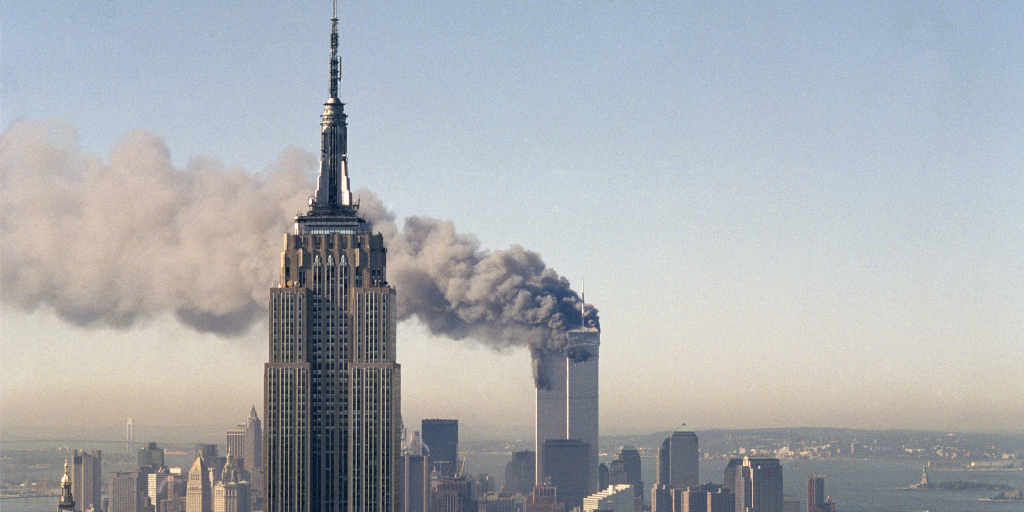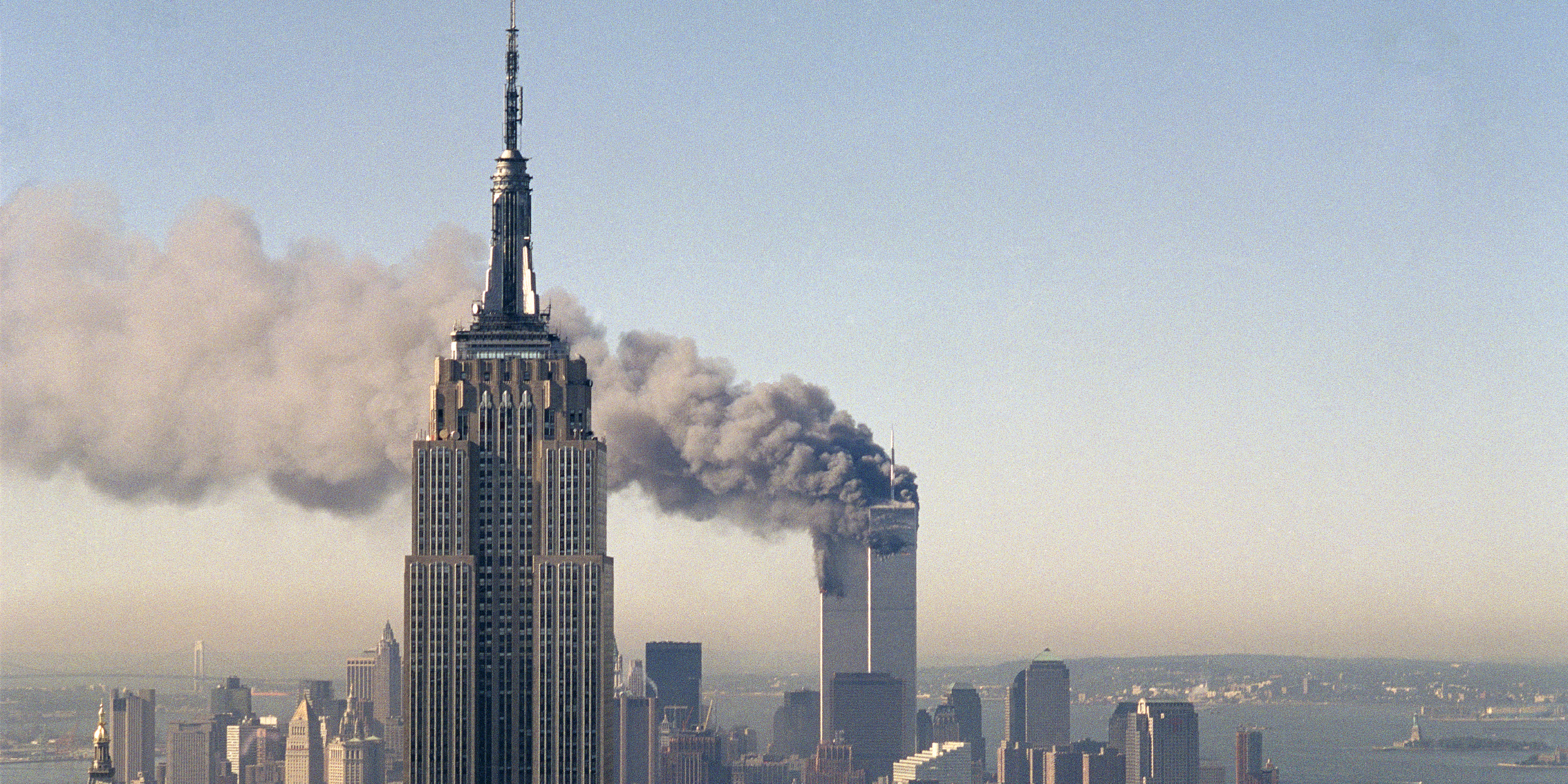
- In the hours after the September 11 attacks, the US military began planning its response.
- The Pentagon turned to its special-operations forces to send a message to the Taliban.
- Twenty years on, their mission remains the longest air assault ever conducted by US forces.
- See more stories on Insider's business page.
Hours after the September 11 attacks, the US military was already planning a response against the masterminds in Al Qaeda and its host in Afghanistan, the Taliban.
Policymakers and military planners discussed several courses of action. CIA and Army Special Forces teams would infiltrate from the north and south and work with local anti-Taliban forces.
But something more was needed. So the White House and Pentagon decided on a daring special-operations raid deep into enemy territory.
They turned to Joint Special Operations Command, and the Army's elite Delta Force specifically, for the mission. They would be the first boots on the ground in Afghanistan.
Objective Gecko
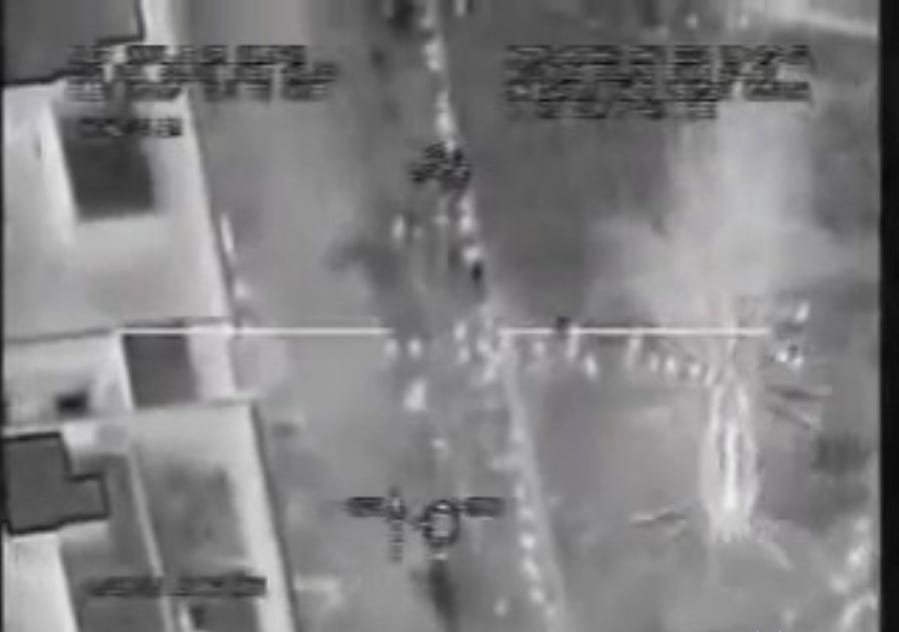
US Defense Department
Objective Gecko was the compound of Mullah Omar, the leader of the Taliban. The group's equivalent of the White House, the compound was located close to Kandahar, the group's birthplace and stronghold.
Taking out Mullah Omar would send a powerful message about the US military's reach. But the target presented several logistical and planning difficulties.
To begin with, Gecko was more than 500 miles from the USS Kitty Hawk, the aircraft carrier that would serve as a floating staging base for Delta Force.
The distance meant the Army's 160th Special Operations Aviation Regiment, known as the "Night Stalkers" would have to fly for more than five hours over enemy terrain to just reach the target. It would be the longest air assault in US history, a worthy successor of the Doolittle and Son Tay raids.
In addition, there was no friendly bases nearby where the assault force could go for help in case of an emergency. So planners decided to capture an airfield a few miles away, dubbed Objective Rhino, to support Delta, if needed. The assault force was also prepared to "Alamo up" if things on the ground changed and impeded their exit.
A Delta Force squadron, reinforced by operators from another squadron, would fly in on four MH-47 Chinooks. AC-130 gunships, fighter jets, and transport, refueling, and airborne-control aircraft would provide support.
All in all, more than 100 planes would support the operations at Gecko and Rhino.
A moment of unity
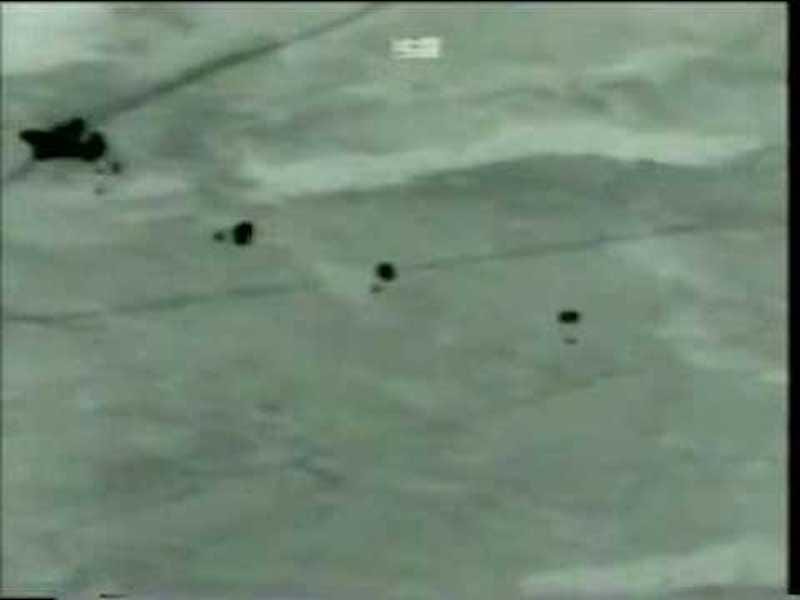
US Army
Just as the terrorist attacks united the US public, the US military, often riven by inter-service rivalries, drew together to respond in a moment of crisis.
"In the past I had been on Navy and Coast Guard vessels/ships for joint training, exercises and operations. Sometimes the blending of folks is easier than others. The moment we got on that ship our Navy brothers and sisters went out of their way to ensure we knew where we were on the ship and would escort us if we were lost. No hesitation," a retired Delta Force operator told Insider.
"This was bigger than any one of us and we all knew it. The gravity and importance of what a small force was getting ready to do in retaliation was not lost on anyone," the retired operator said.
The ground force loaded up on the helicopters and took off from Kitty Hawk on October 19, flying low to avoid detection and enemy fire.
The departure was a reflection the operators' unity of purpose in the face of uncertain conditions.
"You had no idea what to expect or anything. There was no established bases, FOBs [forward operations bases] or other friendly forces in the area," the retired Delta operator added. "There wasn't an ounce of hesitation by anyone. We were attacked and we were going to hit them back sending a clear message."
Striking back
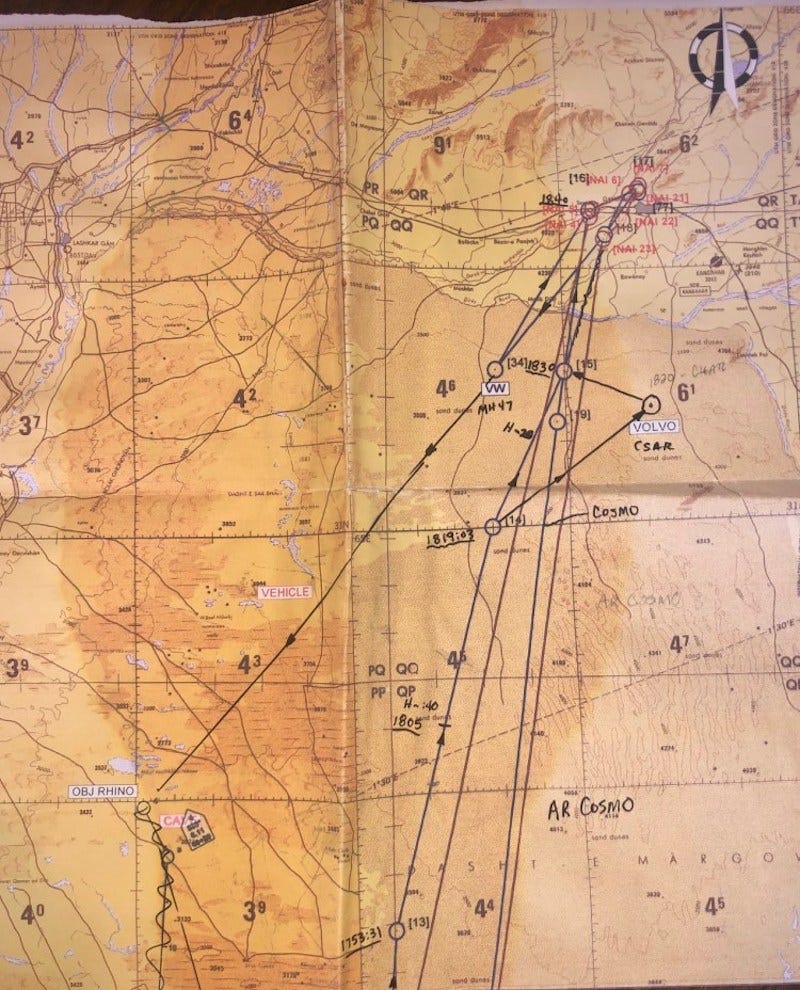
Courtesy photo.
After many hours, anti-aircraft fire, and lots of air-to-air refueling, the Night Stalkers carrying the ground force reached Gecko.
Disaster almost struck when one MH-47 hit the compound wall and then, in the sandstorm created by the task force's landing, and came close to crashing into another chopper.
"Once the pilots realized it, they powered out and took a flight path away from the compound over the city of Kandahar," the retired operator said.
Gunfire erupted from the city, but the MH-47 circled and made another attempt to land. "During that attempt it impacted a ridgeline, causing more damage to the helo, ripping off and leaving some of the landing gear," the retired operator added. The helicopter crash-landed but was able to take off later.
Once on target, Delta operators flooded the compound and hit their designated areas, breaching exterior walls and interior obstacles and engaging the enemy. For the better part of an hour, they searched the compound for Mullah Omar and useful intelligence, but the leader of the Taliban was long gone.
Before leaving the compound, the Delta Force operators left American flags and NYPD and FYPD stickers, leaflets, and patches as a reminder of the US's long reach.
'Loud and clear'
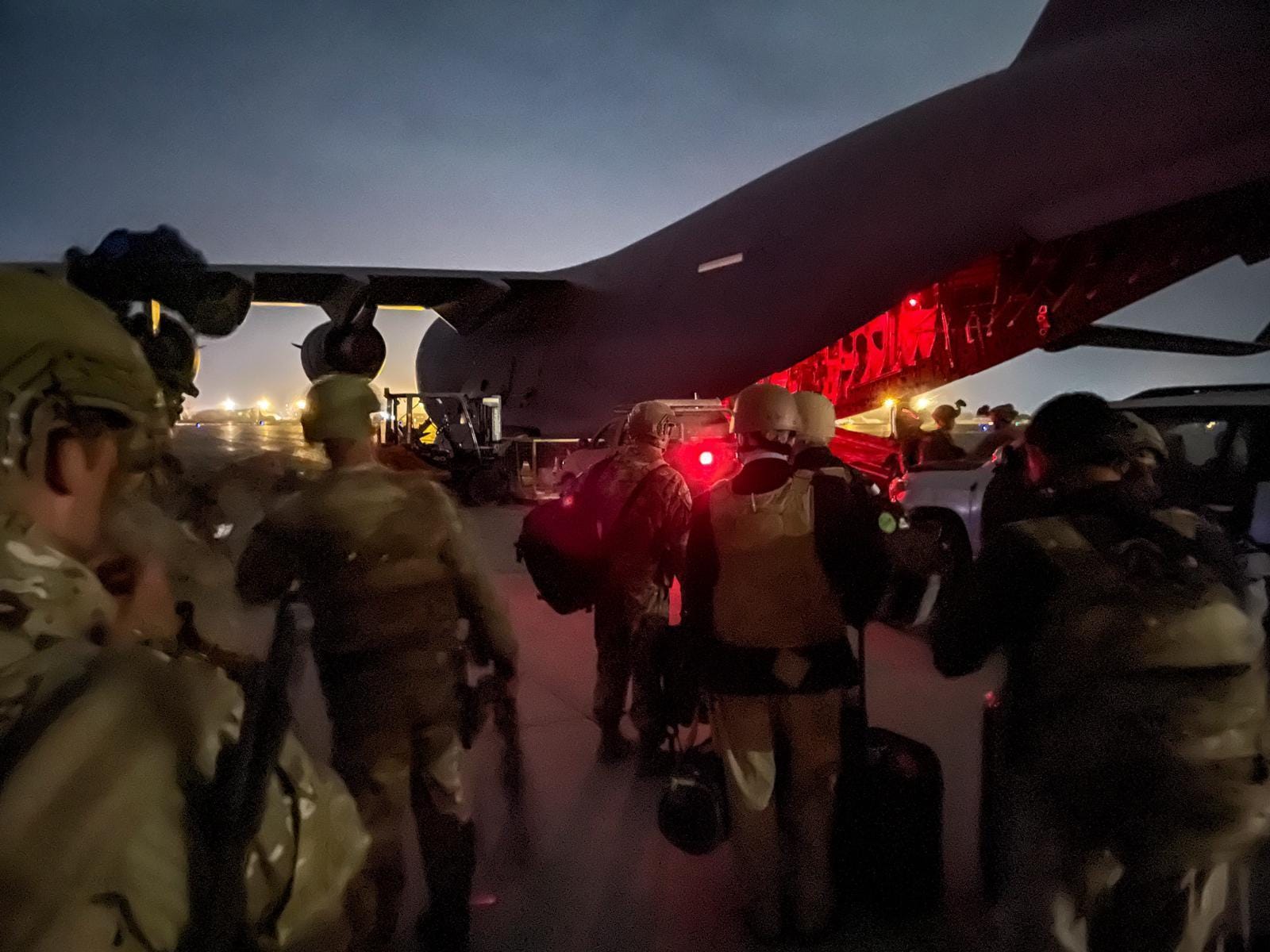
US Army/Master Sgt. Alexander Burnett
The Pentagon and US intelligence community knew from the start that taking out the leader of the Taliban was a long shot, but the mission was just more than a high-value target raid. It was meant to be a message to a group that harbored America's number-one enemy, and in that regard the raid was a success.
In addition, it was a confidence-booster for JSOC and Delta Force. Delta had played a key role in Operation Eagle Claw, the failed attempt to rescue American hostages in Iran in 1980. JSOC was created after that mission to centralize and improve US special-operations capabilities.
That failure remained a sore point for the Unit and the military. But Gecko showed that the sacrifices during Eagle Claw weren't in vain. Their mission deep inside Afghanistan - the close call with the MH-47 in particular - was reminiscent of the uncertainty and danger their predecessors faced in order to demonstrate US resolve.
It was important to send that message "loud and clear" after the September 11 attacks, the retired Delta operator said. "The other thing that was not lost in that moment was all the work, time and sacrifice that created JSOC, starting with the lessons learned during Operation Eagle Claw, had come together."
US special-operations forces' missions only multiplied as the global war on terror went on, but the action on Objective Gecko remains the longest air assault in US history, reflecting the scale of their challenge.
Twenty years on, the US mission in Afghanistan is widely seen as a failure, epitomized by the recent chaotic withdrawal, but further reflection on the war may lead to fuller recognition for the troops who took the fight to the Taliban in its opening days.
The Pentagon recently upgraded the awards earned by US troops during the "Black Hawk Down" incident, the 1993 mission in Somalia where a small US force held their own against daunting odds.
Stavros Atlamazoglou is a defense journalist specializing in special operations, a Hellenic Army veteran (national service with the 575th Marine Battalion and Army HQ), and a Johns Hopkins University graduate.
